Home>Storage & Organization>Closet & Wardrobe Organization>How To Organize Lego
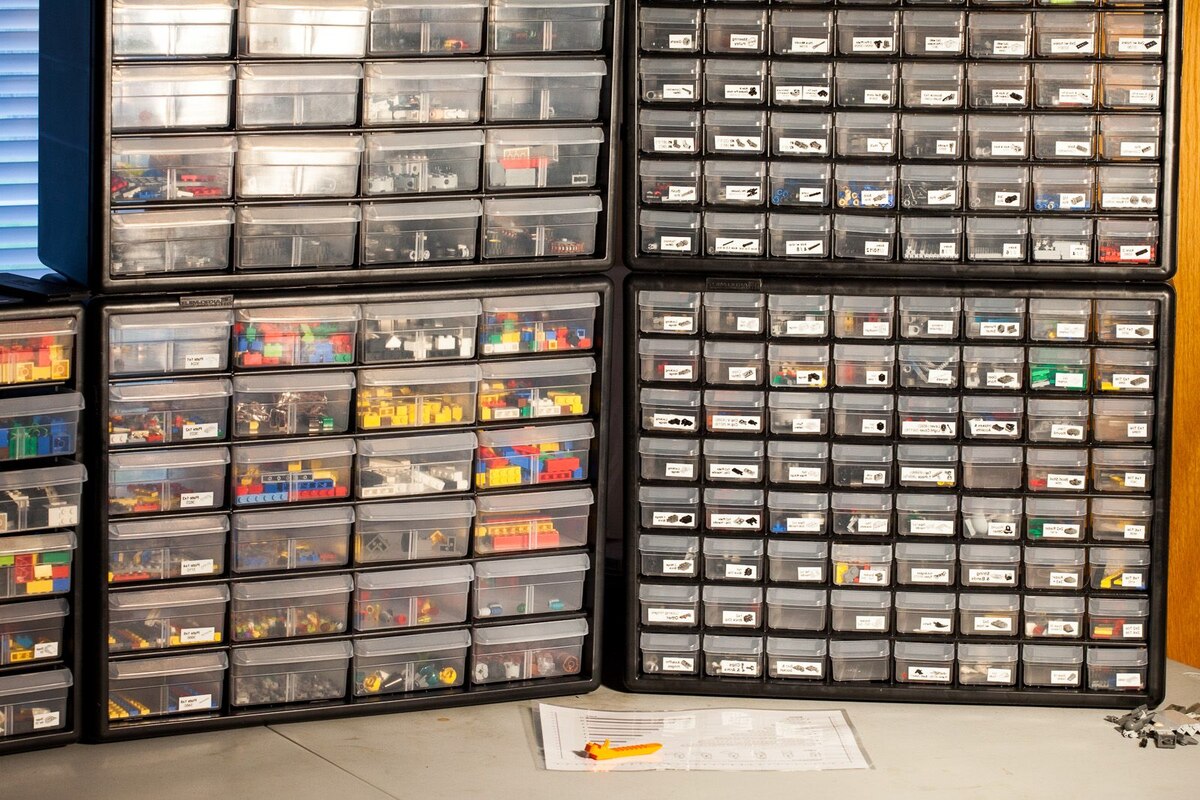

Closet & Wardrobe Organization
How To Organize Lego
Published: March 3, 2024
Learn how to efficiently organize your Lego collection with our expert tips. Discover closet and wardrobe organization ideas to keep your Lego pieces tidy and easily accessible.
(Many of the links in this article redirect to a specific reviewed product. Your purchase of these products through affiliate links helps to generate commission for Storables.com, at no extra cost. Learn more)
Introduction
Are you tired of stepping on stray Lego pieces or spending hours searching for that one specific brick? Organizing Lego can be a game-changer for both kids and adults who love building with these colorful bricks. In this article, we'll explore various methods to help you keep your Lego collection neat and tidy. Whether you prefer sorting by color, size, or creating a designated building area, we've got you covered. Let's dive into the world of Lego organization and make building even more enjoyable!
Key Takeaways:
- Colorful sorting: Organizing Lego by color not only makes finding pieces easier but also adds a fun, vibrant touch to your collection. It sparks creativity and makes building more enjoyable for all ages!
- Building bliss: Creating a designated Lego building area with good lighting, comfortable seating, and easy access to pieces can enhance creativity and make the building process more organized and enjoyable.
Read more: How To Store Legos
Sorting Lego by Color
Sorting Lego by color is a popular method that not only makes it easier to find specific pieces but also adds a visually appealing touch to your storage system. Here's how you can effectively sort your Lego by color:
-
Gather Your Collection: Start by gathering all your Lego pieces and laying them out on a large, flat surface. This will allow you to see the full spectrum of colors in your collection.
-
Separate by Color: Begin by separating the pieces into different piles based on their colors. You can create separate piles for red, blue, green, yellow, and so on. This process may take some time, especially if you have a large collection, but the end result will be worth it.
-
Storage Containers: Once you have your Lego pieces sorted into color-specific piles, consider using storage containers with multiple compartments. You can allocate each compartment to a different color, making it easy to store and access the pieces when needed.
-
Labeling: To take your organization to the next level, consider labeling each storage container with the corresponding color. This not only adds a practical element but also makes the storage system visually appealing.
By sorting your Lego by color, you can quickly locate the pieces you need for your next building project. This method also encourages creativity, as the vibrant array of colors becomes a source of inspiration for builders of all ages.
Sorting Lego by Size
Sorting Lego by size is another effective method to streamline the organization of your collection. Here's a step-by-step guide to sorting your Lego by size:
-
Initial Sorting: Begin by gathering all your Lego pieces and separating them into broad size categories. You can create separate piles for larger bricks, medium-sized bricks, and smaller pieces such as studs and plates.
-
Sub-Categorization: Once you have the pieces sorted into broad size categories, consider further sub-categorization within each group. For example, within the "small pieces" category, you can separate the studs from the plates for easier access.
-
Storage Solutions: To store the Lego by size, consider using storage containers with adjustable dividers or multiple compartments. This allows you to customize the storage space based on the size of the pieces, keeping them neatly organized and easily accessible.
-
Utilize Drawer Systems: Drawer systems with various-sized compartments are also ideal for sorting and storing Lego by size. You can label each drawer based on the size category, making it effortless to locate the specific pieces you need.
-
Accessibility: When sorting by size, it's essential to consider accessibility. Ensure that the storage solution you choose allows you to easily reach and retrieve the pieces, especially when working on intricate builds that require specific sizes.
By sorting your Lego by size, you can quickly identify the pieces needed for your creations, making the building process more efficient and enjoyable. This method also promotes a systematic approach to building, as builders can easily locate the right-sized pieces for their projects.
Use storage containers with compartments to sort Lego pieces by size, color, and type. Label each compartment for easy access and organization.
Using Storage Containers
When it comes to organizing your Lego collection, using storage containers is a practical and versatile solution. Here's how you can effectively utilize storage containers to keep your Lego pieces neatly organized:
-
Compartmentalization: Opt for storage containers with multiple compartments or adjustable dividers. These containers allow you to allocate specific spaces for different types of Lego pieces, such as bricks, plates, slopes, and specialty elements. By compartmentalizing your collection, you can easily access the pieces you need without having to sift through a jumble of bricks.
-
Stackable Containers: Consider using stackable storage containers to maximize space efficiency. Stackable containers are ideal for larger collections, as they allow you to build upward, making the most of your storage area while keeping the Lego pieces organized and easily accessible.
-
Transparent Containers: Transparent storage containers offer the advantage of visibility. Being able to see the contents of each container at a glance eliminates the need to open multiple containers to find a specific piece. This transparency also adds a visual appeal to your storage system, showcasing the vibrant colors of the Lego pieces.
-
Portability: If you enjoy building in different locations, opt for portable storage containers. These containers often come with handles or are designed to be easily transportable, allowing you to bring your Lego collection with you wherever creativity strikes.
-
Specialized Containers: Explore specialized Lego storage containers designed specifically for organizing and sorting these beloved building blocks. These containers often feature custom compartments and trays tailored to accommodate various Lego elements, providing a dedicated storage solution for your collection.
By utilizing storage containers, you can create a systematic and efficient organization system for your Lego pieces, ensuring that each element has its designated place while remaining easily accessible for your building endeavors.
Creating a Building Area
Designating a specific area for building with Lego can enhance the overall organization and enjoyment of your building experience. Here's how you can create an optimal building area for your Lego projects:
-
Dedicated Space: Choose a dedicated space in your home where you can set up a Lego building area. This could be a corner of a room, a designated table, or a play area specifically allocated for Lego building.
-
Work Surface: Ensure that the building area has a suitable work surface, such as a sturdy table or desk. The surface should provide ample space for building and sorting Lego pieces without feeling cramped.
-
Lighting: Adequate lighting is essential for a Lego building area. Natural light or a well-positioned lamp can illuminate the workspace, making it easier to identify and differentiate between various Lego pieces.
-
Organization Tools: Keep organizational tools within reach, such as small containers for holding specific pieces, a sorting tray, or a tool caddy. These tools can help maintain order and efficiency during the building process.
-
Inspiration Display: Consider incorporating an inspiration display within the building area. This could be a shelf to showcase completed Lego builds, a Lego-themed poster, or a display of minifigures. Having visual inspiration nearby can fuel creativity and motivation.
-
Comfortable Seating: If the building area includes seating, ensure it is comfortable and ergonomically suitable for extended periods of building. This is particularly important for individuals who enjoy immersive building sessions.
-
Accessibility to Pieces: Keep your organized Lego pieces within easy reach of the building area. This could involve storing sorted pieces in nearby containers or shelves for quick access during building sessions.
By creating a dedicated building area, you can establish a space that fosters creativity, organization, and an enjoyable building experience with Lego. This designated area serves as a hub for imaginative construction and provides a centralized location for all your building endeavors.
Read more: How To Store Legos That Are Built
Labeling and Organizing Instructions
When it comes to organizing your Lego collection, labeling and organizing instructions play a crucial role in maintaining a systematic and efficient system. Here's how you can effectively label and organize instructions for your Lego sets:
-
Instruction Manuals: Begin by gathering all the instruction manuals for your Lego sets. These manuals often come in various sizes, so it's essential to have a designated space to store them. Consider using a binder or folder with clear sleeves to keep the manuals organized and easily accessible. You can also label the binder with categories such as "Star Wars Sets," "City Sets," or "Creator Sets" to further streamline the organization.
-
Digital Organization: In addition to physical manuals, many Lego sets now come with digital instructions accessible through the Lego website or mobile app. Create a digital folder on your computer or device to store these instructions. You can categorize them by theme, set number, or complexity to simplify the retrieval process when needed.
-
Labeling Systems: Implement a labeling system for both physical and digital instructions. For physical manuals, use adhesive labels or sticky tabs to mark the set number and theme on the spine or cover of each manual. This allows for quick identification when browsing through a collection. Similarly, for digital instructions, utilize clear file names and folder labels to ensure easy navigation and retrieval.
-
Storage Solutions: Consider utilizing storage containers or shelves to store both physical and digital instructions. For physical manuals, a designated shelf or drawer can keep them organized and prevent them from getting misplaced. Digital instructions can be stored in a specific folder on your computer or cloud storage, ensuring they are readily available when you embark on a new building project.
-
Indexing Systems: Create an indexing system for your instruction manuals, whether physical or digital. This can involve maintaining a master list or spreadsheet that details the set numbers, corresponding themes, and locations of the physical manuals or digital files. This indexing system serves as a quick reference guide, allowing you to locate instructions with ease.
By implementing effective labeling and organizing strategies for your Lego instructions, you can streamline the process of accessing building guides and maintain a well-structured system for your entire Lego collection. Whether you prefer physical manuals or digital instructions, a thoughtful approach to labeling and organization ensures that you can dive into your building projects with confidence and ease.
Frequently Asked Questions about How To Organize Lego
Was this page helpful?
At Storables.com, we guarantee accurate and reliable information. Our content, validated by Expert Board Contributors, is crafted following stringent Editorial Policies. We're committed to providing you with well-researched, expert-backed insights for all your informational needs.
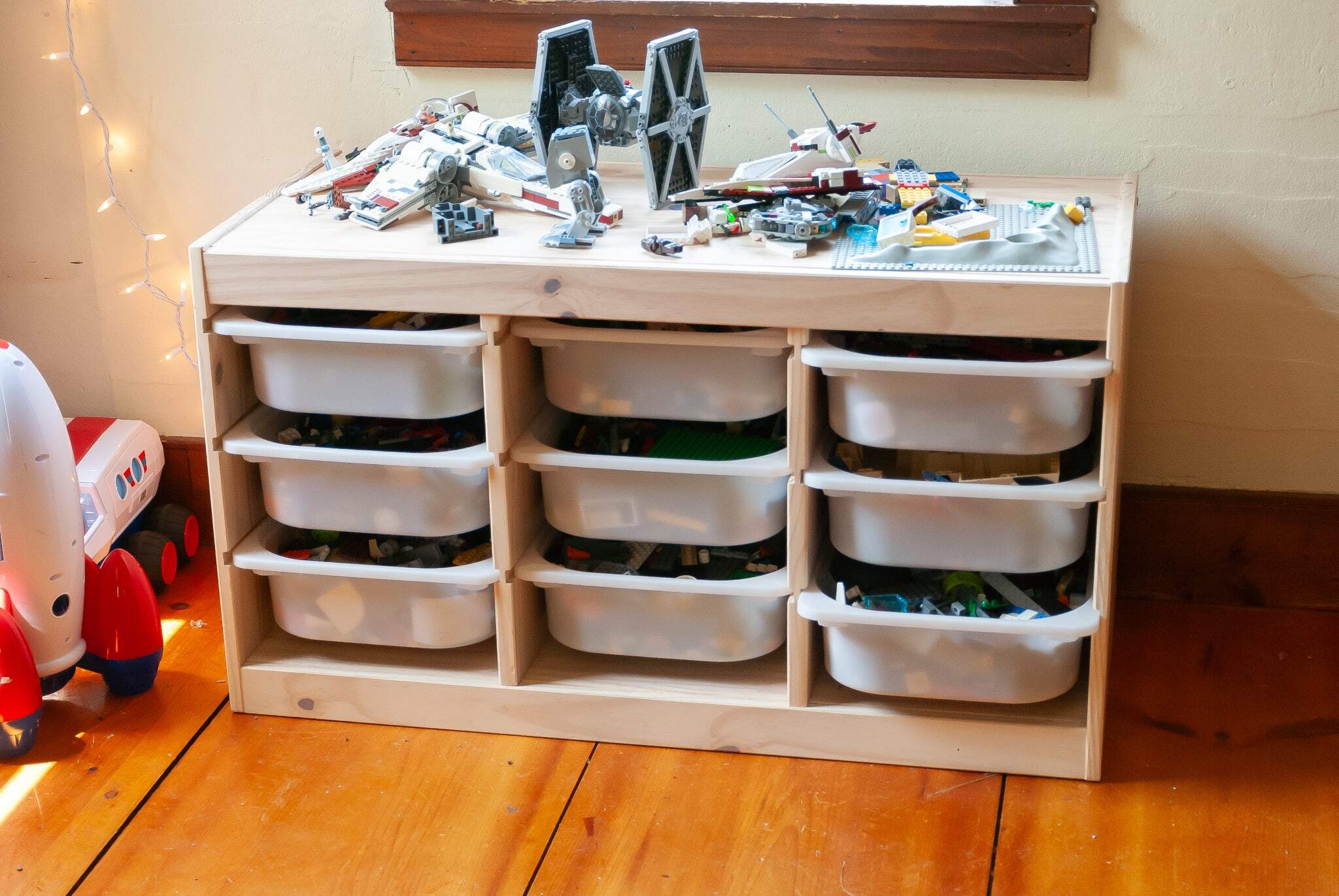
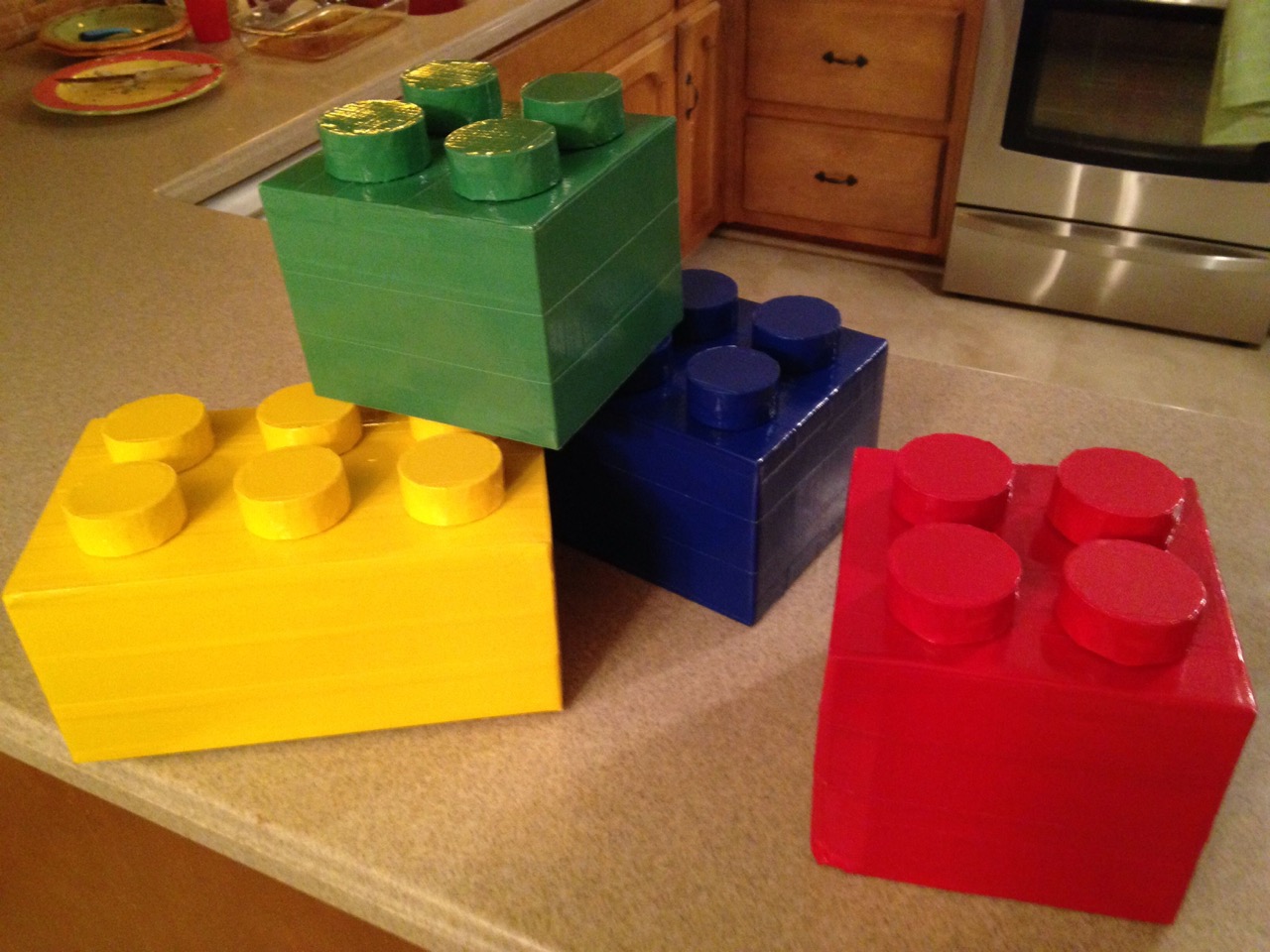
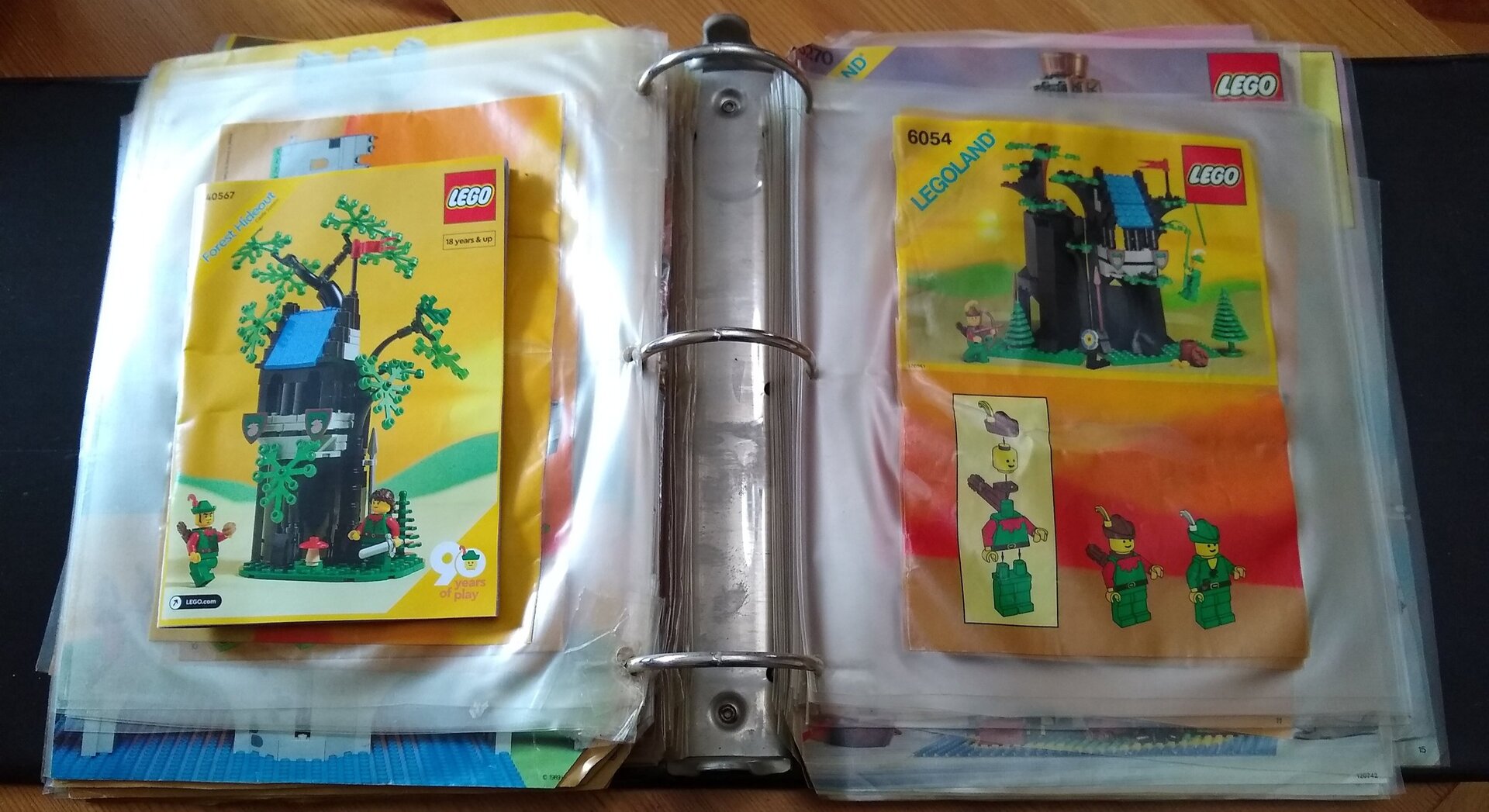
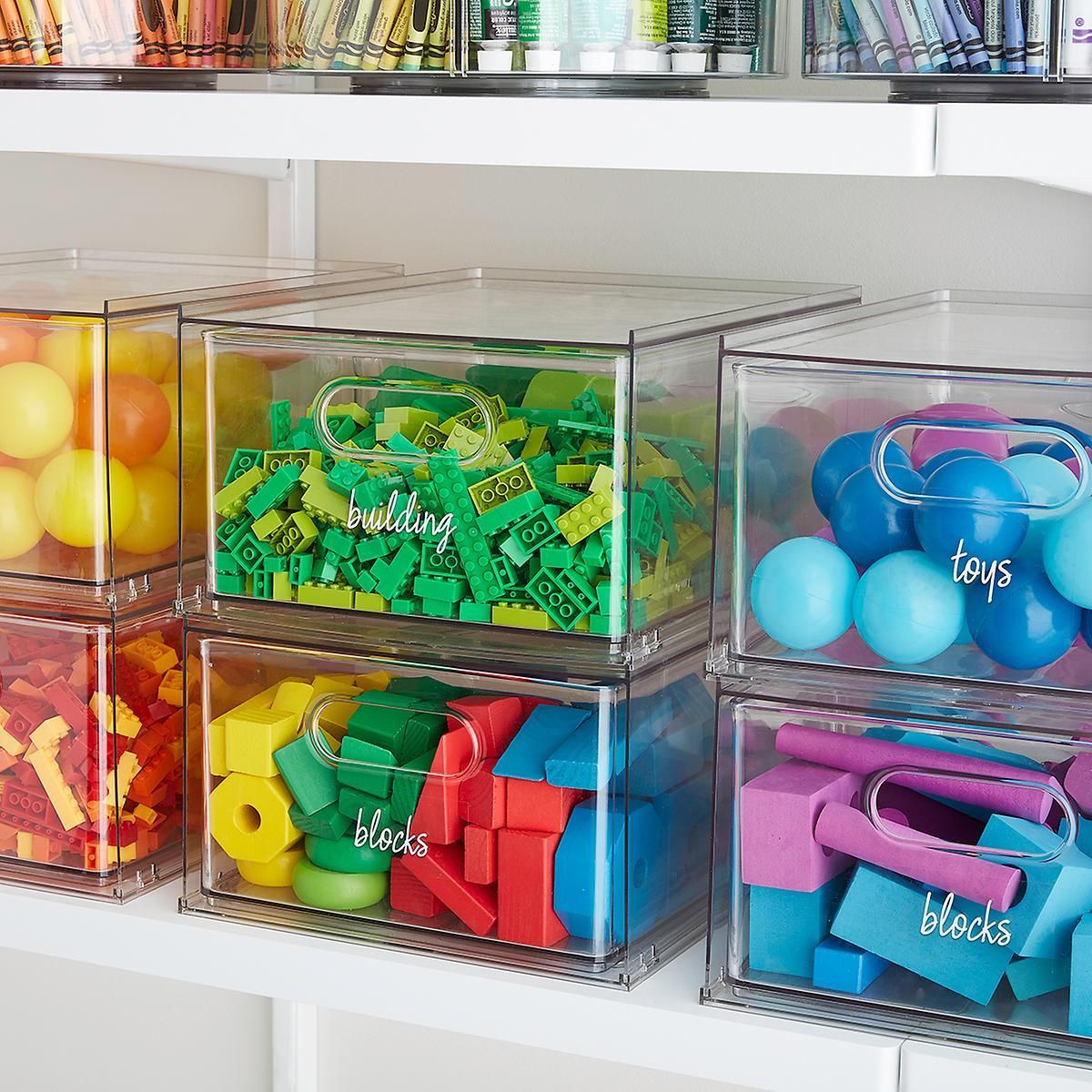
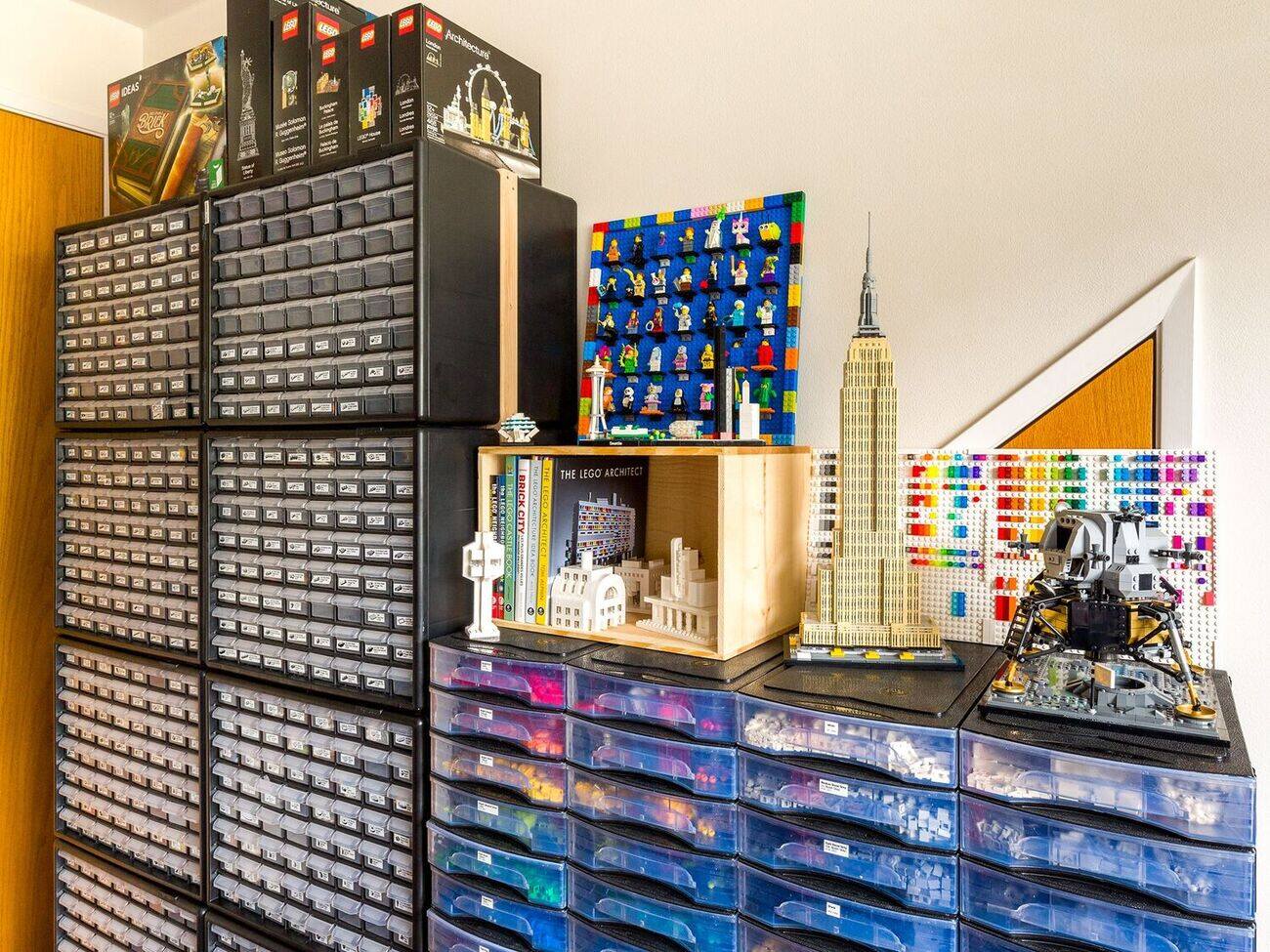
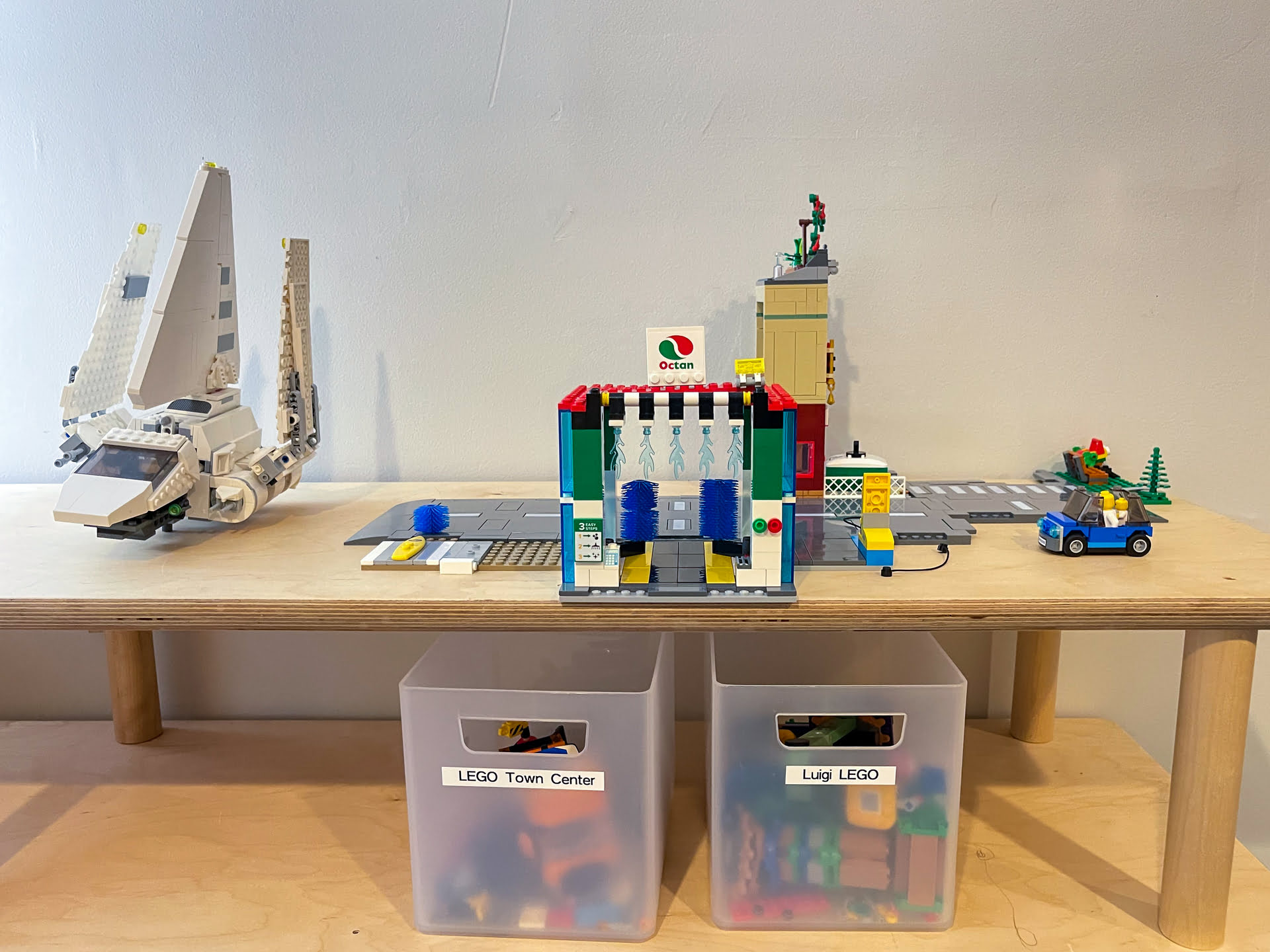
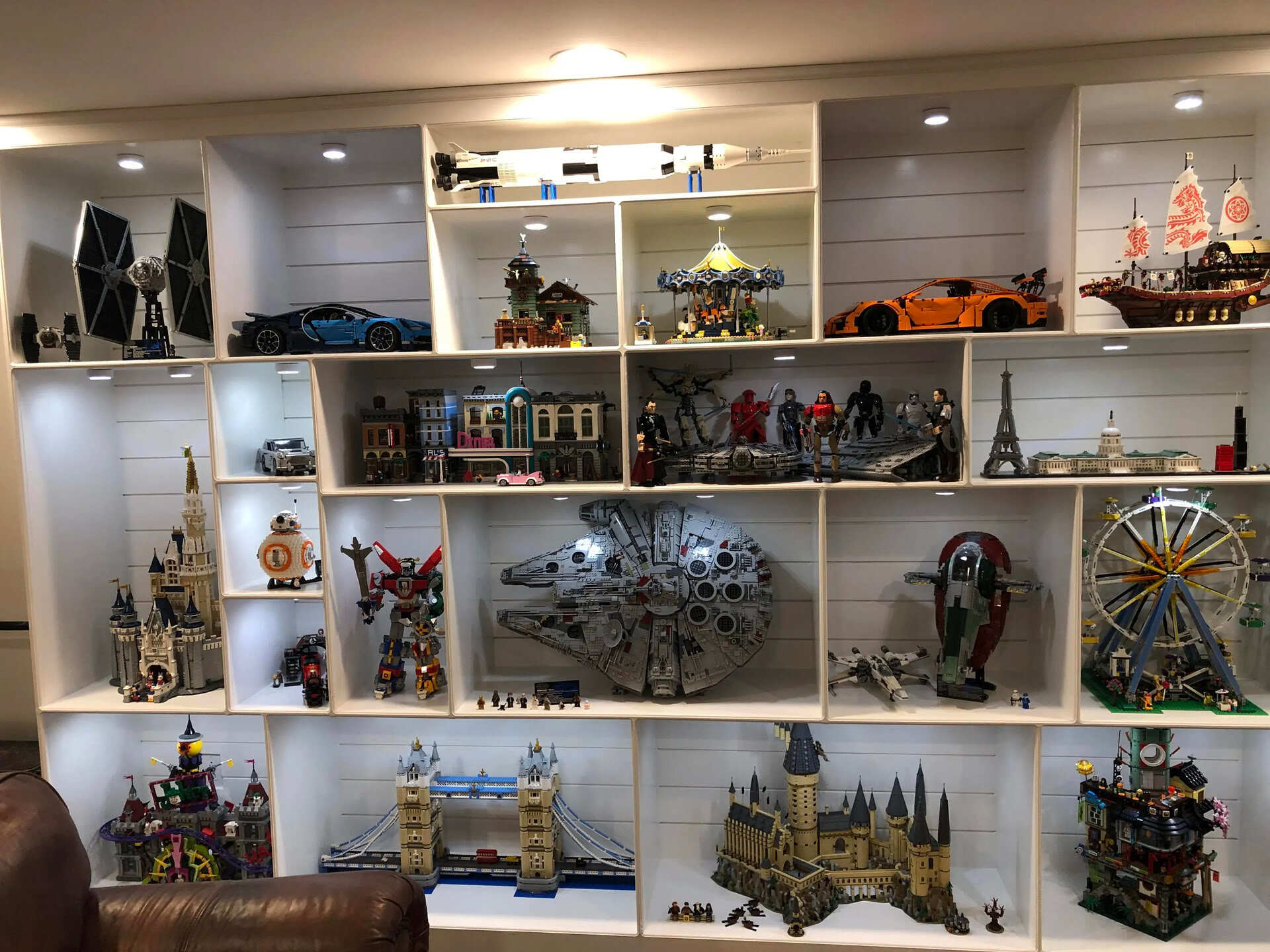
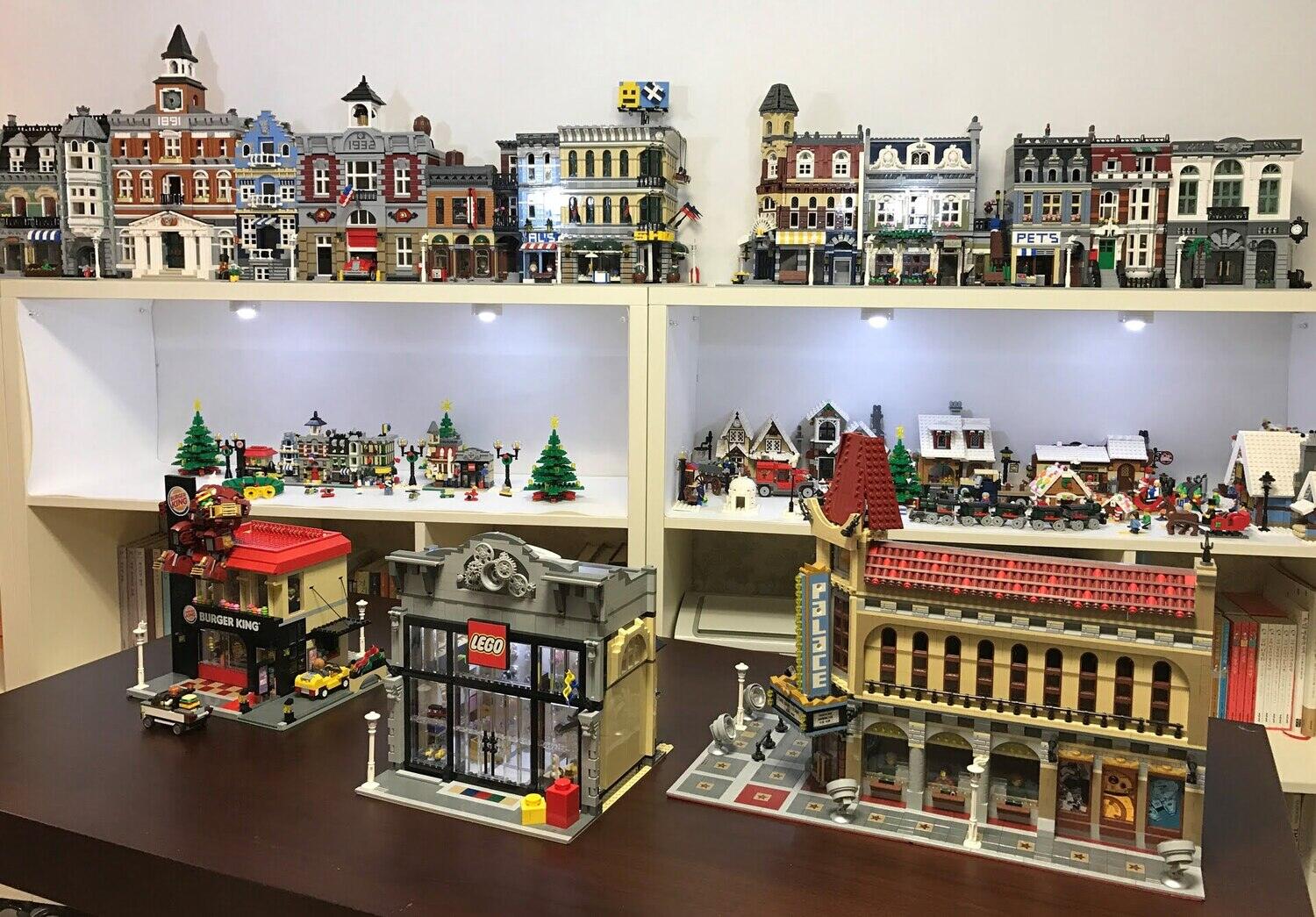
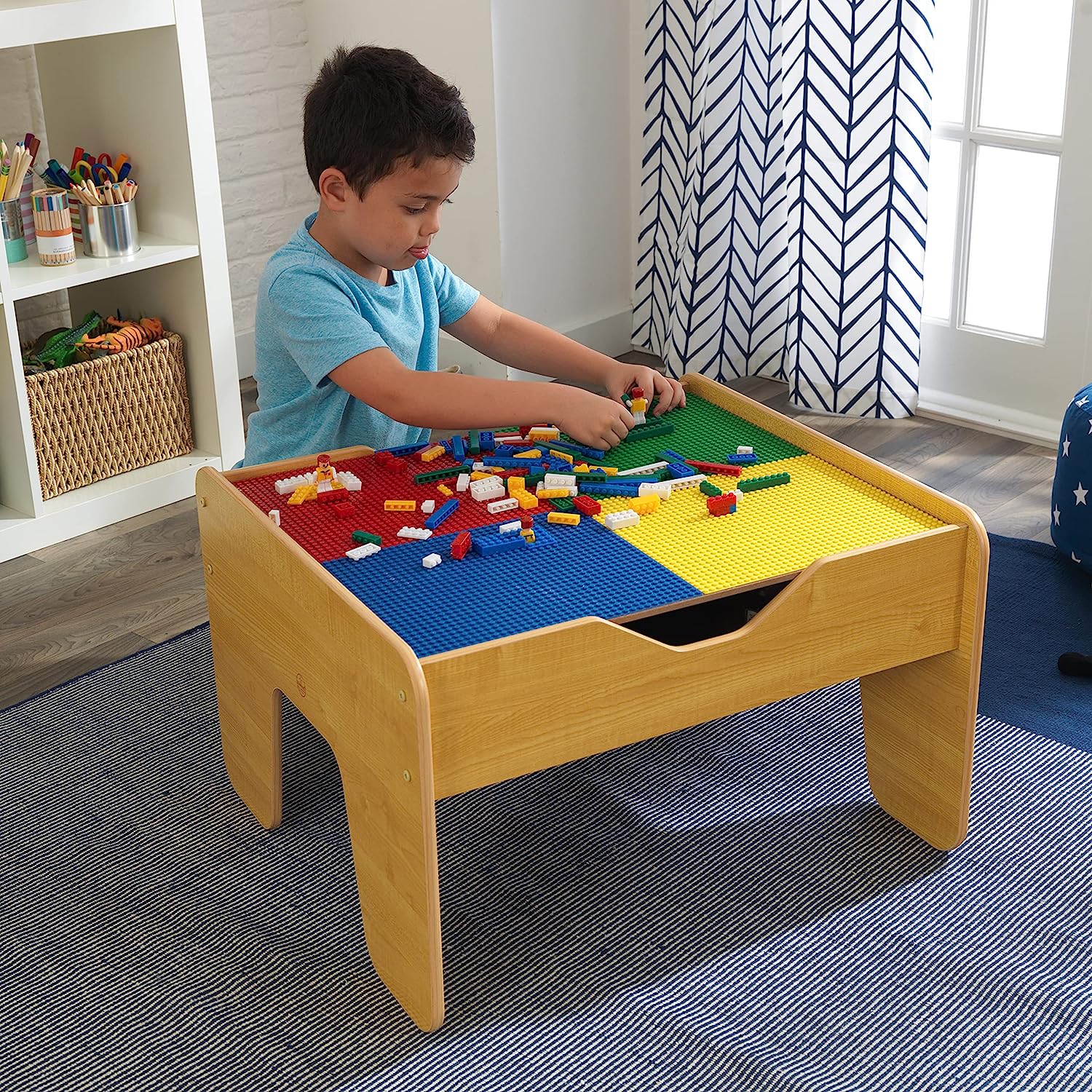
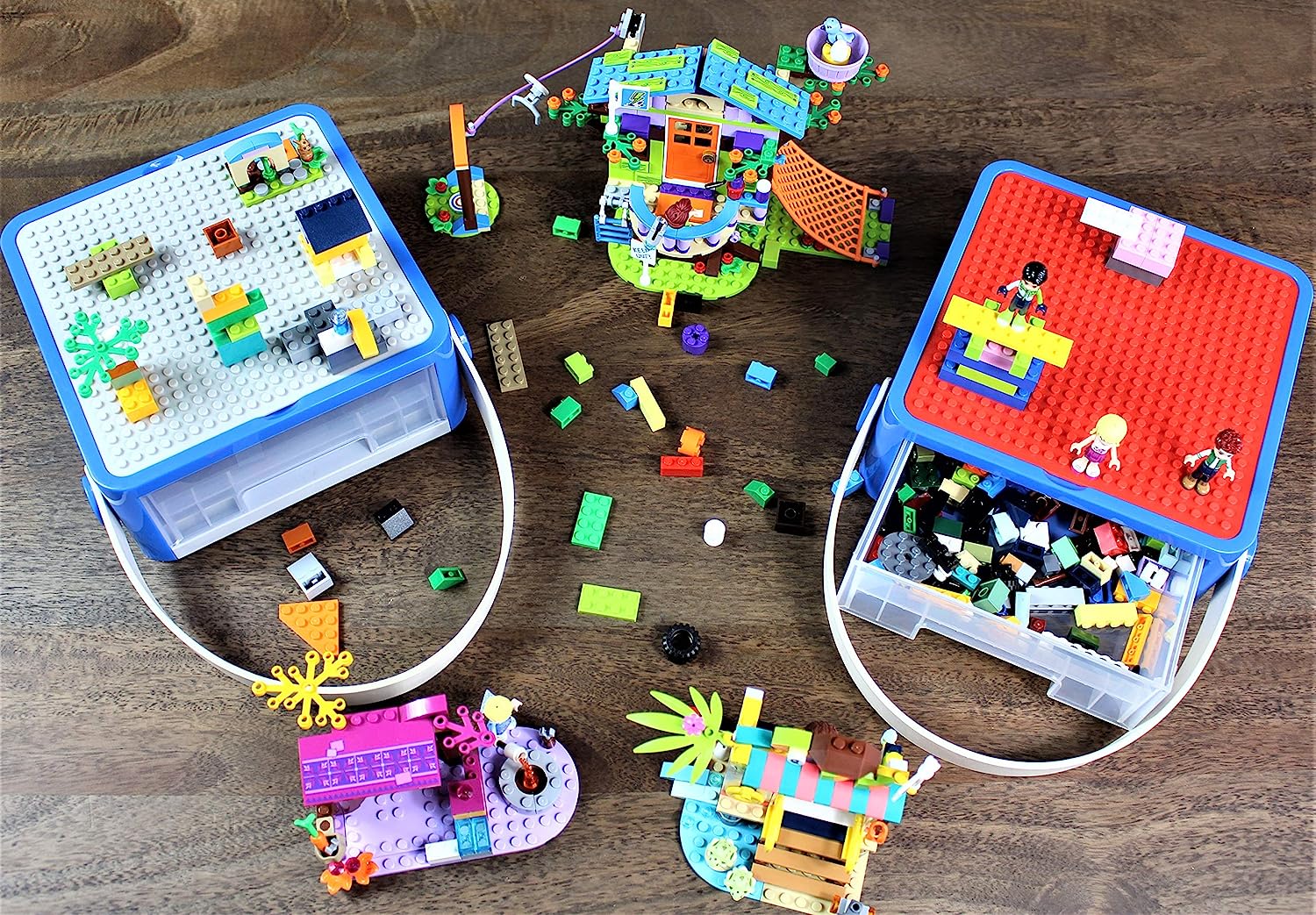
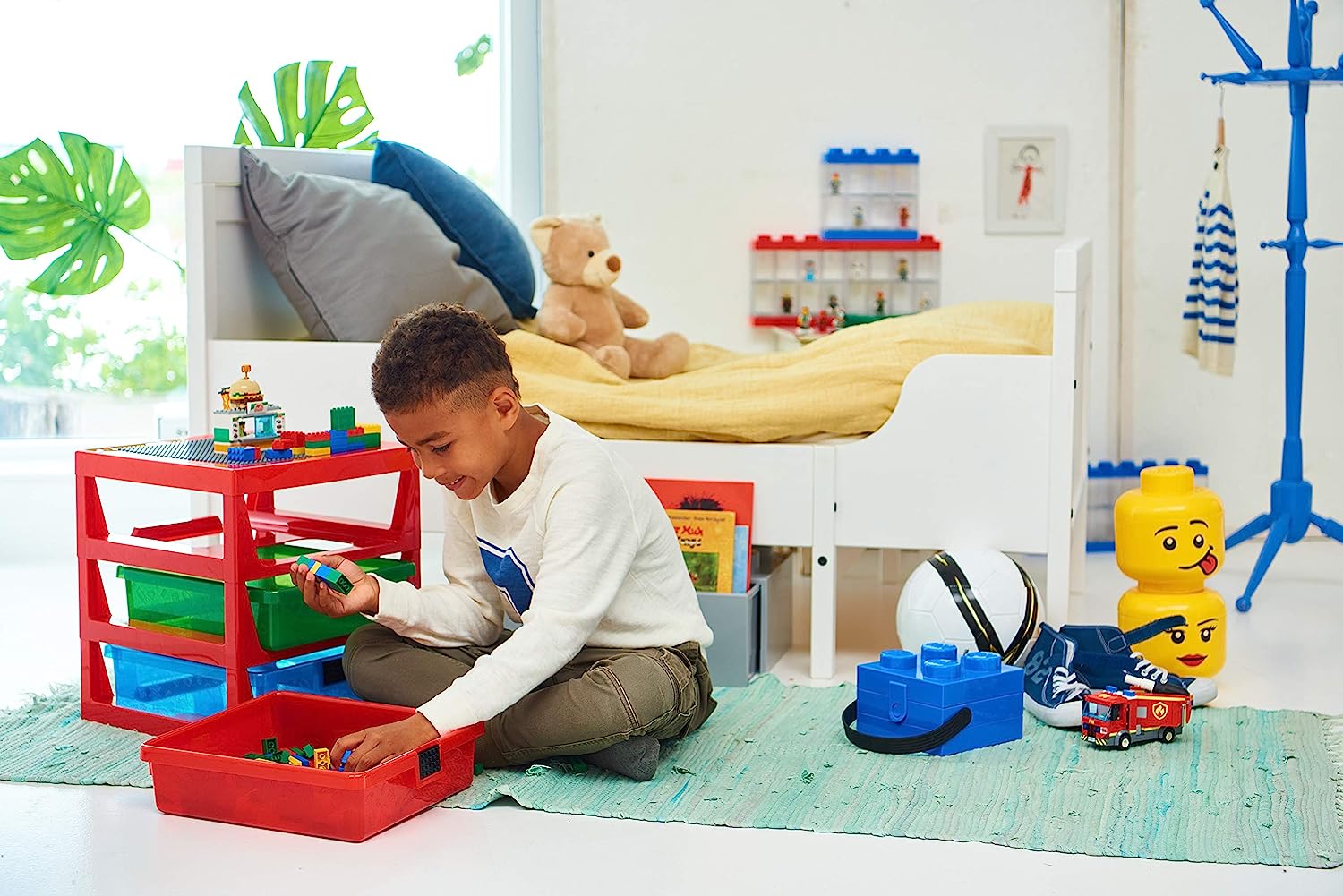
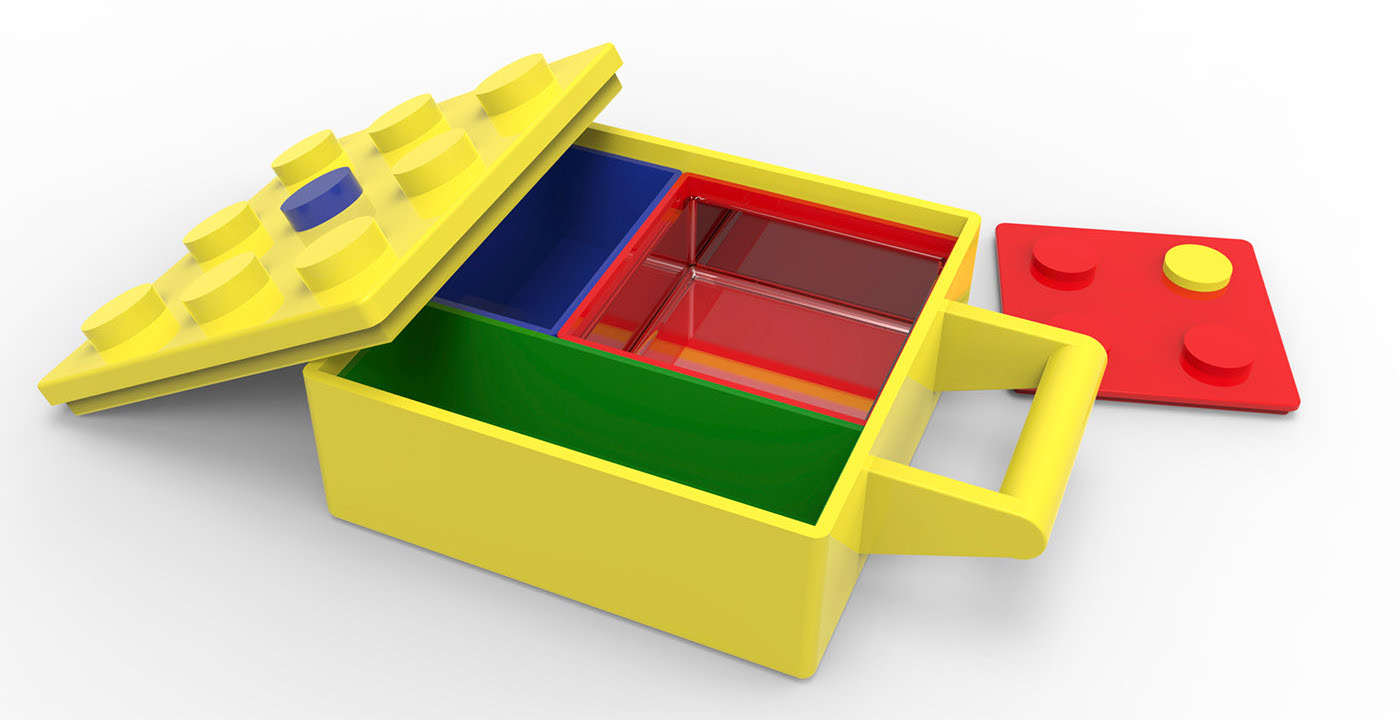
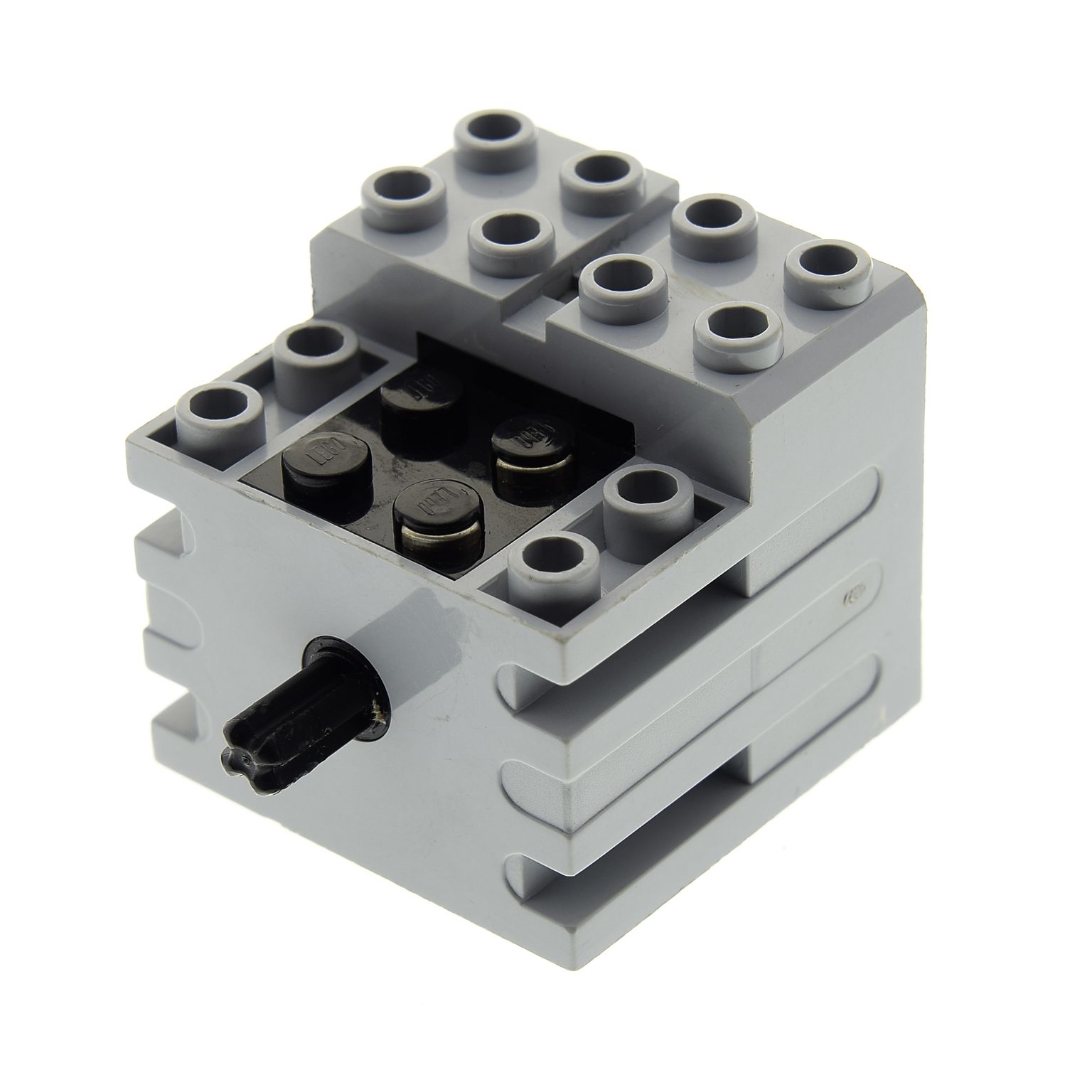
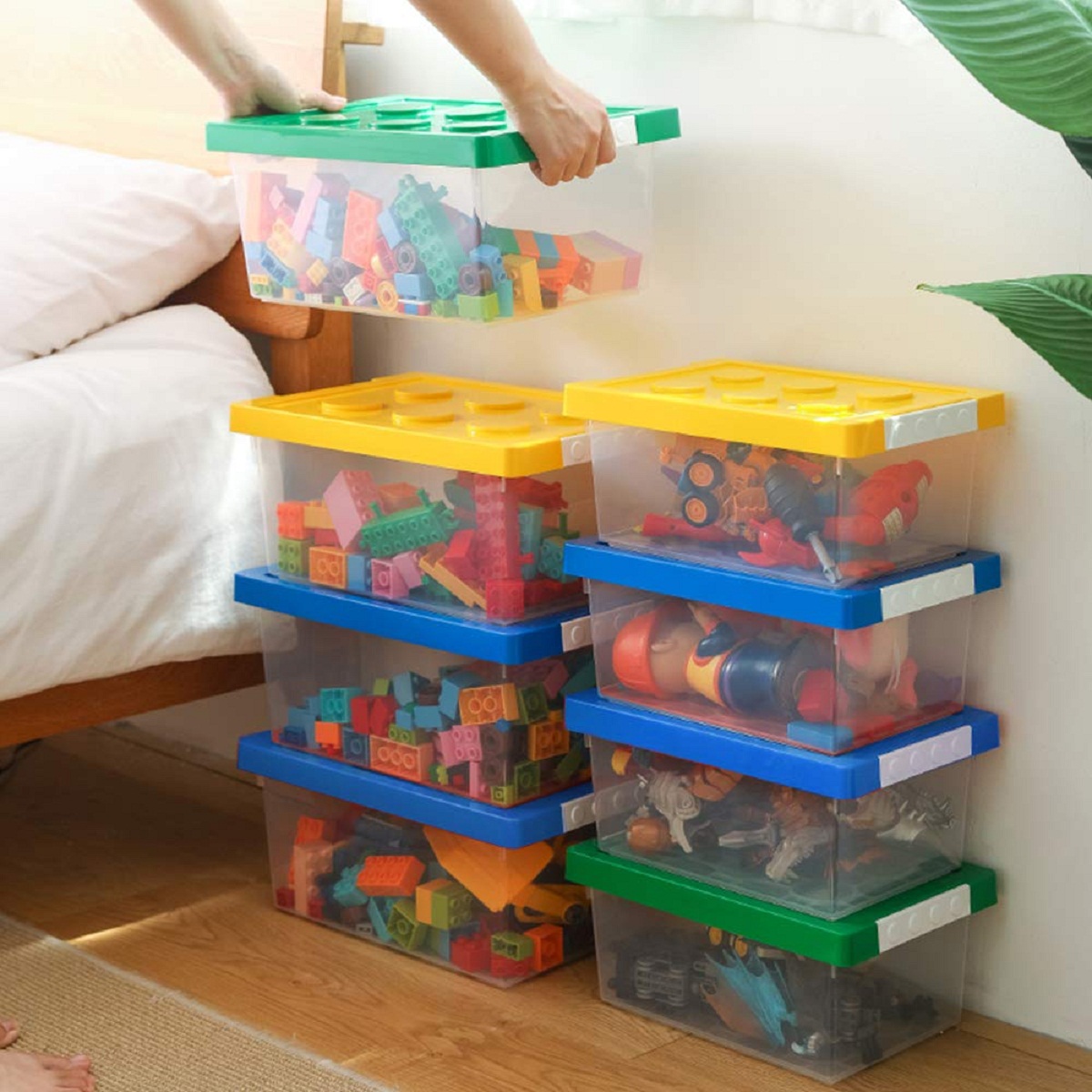

0 thoughts on “How To Organize Lego”